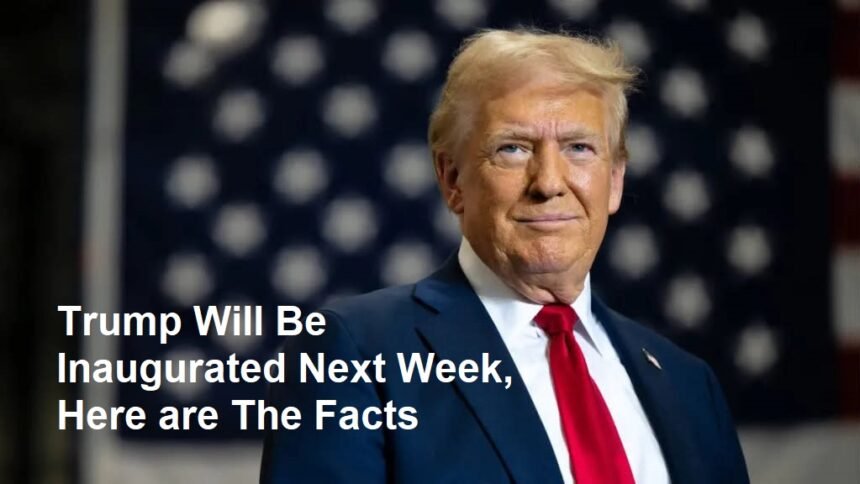As the United States prepares for its upcoming presidential inauguration, several important facts about this historic event come into focus. The inauguration marks the formal beginning of a president’s term, occurring every four years on January 20th. Below are some key details surrounding the inauguration process and the significance of the event.
- Date and Time of Inauguration
The U.S. presidential inauguration is held on January 20th every four years following a presidential election. This year, the event will take place on January 20, 2025, and the ceremony typically begins at noon Eastern Standard Time (EST).
- Oath of Office
The most significant aspect of the inauguration is the taking of the Oath of Office. This tradition dates back to the earliest days of the U.S. presidency. The president-elect swears to “preserve, protect, and defend the Constitution of the United States.” The oath is usually administered by the Chief Justice of the U.S. Supreme Court, and it signifies the start of the president’s term.
- Inaugural Address
After taking the oath, the new president delivers the Inaugural Address. This speech is a key moment in the ceremony, where the president outlines their vision for the country and sets the tone for their upcoming administration. The address is often filled with themes of unity, patriotism, and hope for the future.
- The Inaugural Parade
Following the swearing-in ceremony and speech, a parade takes place along Pennsylvania Avenue in Washington, D.C. The parade typically includes marching bands, military units, floats, and groups of citizens from various states. It is a public celebration of the new president’s arrival.
- Inaugural Balls and Festivities
Traditionally, there are several inaugural balls held throughout Washington, D.C. These events provide an opportunity for celebration and socialization. The most prominent ball is the “Inaugural Ball,” where the president and first lady dance, often to the sound of famous musicians or orchestras.
- Security and Safety Measures
Inaugurations are significant events and require high levels of security. The U.S. Secret Service, along with local law enforcement, ensures the safety of the president-elect, dignitaries, and the public. Security measures often include road closures, airspace restrictions, and numerous checkpoints throughout the city.
- Notable Inauguration Facts
The U.S. presidential inauguration is the only public event where the full government leadership, including the president, vice president, members of Congress, and justices of the Supreme Court, all gather in one place.
Inaugurations are steeped in tradition, including the fact that the president traditionally takes the oath on a Bible. Presidents often choose a Bible with personal significance.
- The Role of the Vice President
The vice president is also inaugurated on the same day as the president. The vice president takes the oath of office before the president and typically makes a brief speech following their swearing-in ceremony. The vice president’s role during the inauguration is equally important, as they are second in line to the presidency.
- Historical Context
Every presidential inauguration represents a transition of power and highlights the country’s democratic values. The first U.S. presidential inauguration took place in 1789 when George Washington took office. Since then, inaugurations have evolved with changing times but still maintain a sense of continuity and tradition.
- Challenges and Controversies
In some years, the inauguration has been a moment of tension and division, especially in cases where the election results have been contested. For example, the 2020 election was highly polarized, and there were heightened concerns regarding public protests and political unrest. As a result, security and public safety are top priorities for every inauguration.
The U.S. presidential inauguration is a deeply significant event in American politics, symbolizing the peaceful transfer of power and the resilience of the country’s democratic institutions. This ceremony, marked by historical traditions and modern security measures, plays a vital role in shaping the political landscape for the next four years. As January 20, 2025, approaches, the nation will watch as a new leader takes the helm, with all the hope and responsibility that come with the office of the President of the United States.













